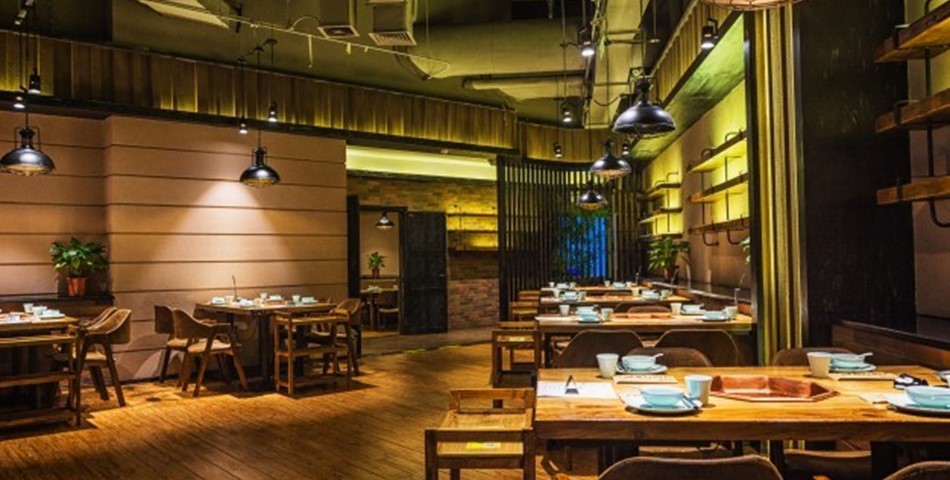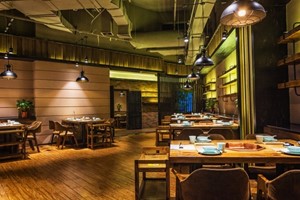Just as banks and governments occasionally conduct stress tests to model scenarios and validate the stability of their systems under pressure, restaurant chains (and their investors) should endeavor to objectively pressure test their P&L
with increasing rigor and frequency. By performing a gap analysis and applying industrial engineering practices across functional areas, it’s possible to uncover areas of opportunity and quantify where value is trapped or hidden in a business. We look at major cost drivers (historically, current-state, and future-state) to determine how those can be made more efficient. While the aim is to improve profitability and ensure a business is as productive as possible, it’s also about being confident in the blend of what the concept, brand, and consumer needs.
In Other Words: Be Your Own Activist Before Someone Else Is Many chains have already done their level best in managing the business through challenges and pressures on their P&L (and their private equity investors have already harvested the low-hanging fruit identified in pre-investment due diligence). But once the obvious cost-cutting and trimming of the fat have been rendered, the margin yield is often still not enough to prop up same-store sales declines.
We recommend a holistic approach be applied to looking at the organization, working across functional areas, and down individual line items of the restaurant P&L while reviewing factors impacting performance both inside and outside the business. We recommend against chumming the waters with your brand — especially when there are so many other better ways to attract positive attention and traffic with strategies more sustainable than competitive price wars.
Your Prize: How to Size and Prioritize Restaurant P&L Opportunities A holistic approach is essential for foodservice industry businesses. Supply chain, purchasing, marketing, operations, finance, training, IT — all of these functional areas have to work together. Targeting line items to reduce costs may limit the potential gains if pursued entirely in isolation. Here are some ways we recommend prioritizing optimization initiatives:
1. Learn Triage Techniques: Context and contrast can help distinguish between mountains and molehills. If a patient has a bullet wound and a splinter, we know what to address first.


2. Pick the Right Wars: Be your own insurer and plan ahead.
3. Play the Long Game: We encourage our clients to think and plan on parallel paths: short-term and fund longer-term initiatives, three-, five-, and ten-year horizons — and beyond.
4. Know Not Every Wound Requires Amputation: And not every headache necessitates a lobotomy. Some symptoms do not only require an OTC medication but if symptoms are chronic and pervasive, they justify professional attention and care
5. Think Set of Scalpels, Not Single Saw: The cost-cutting approaches many operators use today is on par with sawing off limbs with a hacksaw, even though the tools available to them currently are much more precise.
6. Measure Twice, Cut Once: Find the happy medium between haphazard (potentially uninformed) decision-making and analysis paralysis to gain traction and make meaningful progress while making confident and surefooted decisions.


7. Implement Imagination Over Iteration: It’s best to think through the best and worst scenarios before landing on a target case.
8. Conquer Cognitive Bias: While habit is a virtue in keeping healthy, it’s a steep ditch on a sharp curve road for corporate strategy; vigilance, stamina, objectivity, and challenging the status quo are more virtuous attributes in shaping — and rhythmically reimagining — the future and vision for your company.
9. Overcome Organizational and Industry Inertia: Just as radar technology has improved dramatically for the weather industry, the same advancements can be made to corporate preparedness. The best and most successful companies (across sectors) worldwide are making investments into CAPEX, R&D, intelligence, and their own organizations with a determination to win that can easily demoralize anyone halfheartedly standing up against it.
10. Hire Challengers to Help You Defeat Competitors.
11. Enlist Scientists and Storytellers: It can be exponentially beneficial to have an objective and outside view to help imagine and craft a new, more compelling future for your company that can inspire others essential to helping you pull your current-state conditions and future state ambitions into closer proximity.
Objectivity Looks Past Organizational Limitations Hiring in a top-tier consultancy can be expensive, so it often requires authorization and endorsement of the CEO. This elevates expectations and commitment levels of all stakeholders involved and also ensures there is sufficient buy-in, collaboration, and availability of requisite resources to produce the best possible outcomes. Approaching the business as if it were for sale (thinking “if we were being looked at by an investor, what would they find — both good and bad?”) can enable a broader perspective and help identify areas of opportunity through enhanced capabilities and resources.
Aronallen & Associates
https://aaronallen.com/













